The Nikon D3 camera - my full review
You probably can find much better reviews on this camera on the internet
(see the sites I mention in the forums section)
but here is my personal opinion about this wonderful piece of equipment (not without flaws, see hereunder).
The other interesting reviews or references.
Hereunder my short selection of other sites which have something (more) interesting to say about the Nikon D3 camera.
The DPreview review
The Luminous Landscape review
The DPreview pre-review
Bjorn Roslett's review
Moose Peterson's review
D3 or D300 by Thom Hogan
The controversial Ken Rockwell's review
My mini-review
The second part - a few more experiences with the D3
First of all, the main characteristics
How it all started: first of all, a recommendation: don't visit shops where you can take a D3 in your hands,
you'll definitely end up with one...
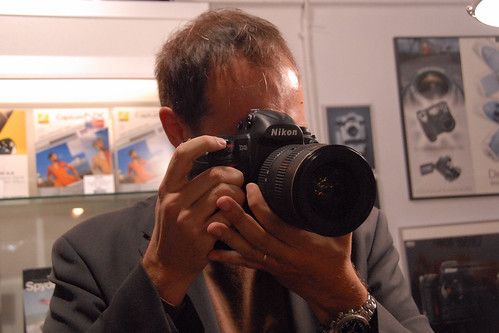
What are the main new relevant characteristics ?
- 12 megapixels full frame sensor 24x36mm
- 5.1 megapixels DX - crop mode - full compatibility with DX crop sensor lenses
- High resolution rear LCD (900.000 pixels) - incredible clarity
- 100% viewfinder
- 9 fps and up to 11 fps in DX mode - incredible speed for such a resolution
- new professional spec AF system 51 sensors, 11 cross sensors and very high speed with 3D tracking
- life view mode allowing to use the rear LCD to focus for macro for instance (tripod mode also available) -
this includes the capability to zoom while focusing (based on contrast in picture) - there is also an intermediate mode
with the mirror going up to focus
- the "gadget" post processing modes introduced on the D40 and the D80 have been added, including a new active (dynamic) D-light function.
This allows to dynamically process the shadows and highlights. This function seems to be underestimated in most reviews I have seen.
I expect it to increase the available dynamic range.
- 14 bits depth available (but this slows down the workflow because of the large files and processing time afterwards)

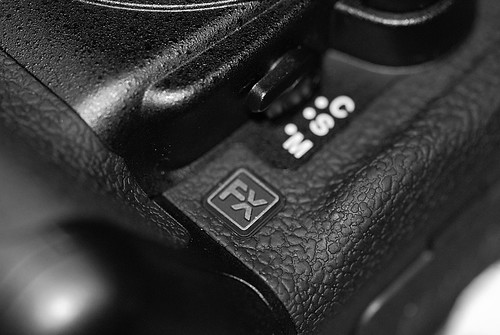
Go back to the top
Concert and parties - evening shooting
Go back to the top
This was my very first experience with D3. I just got the camera, the battery was loaded and I went to a party, I shot RAW+JPEG,
but since the results were excellent, I just used the out of camera JPEGs.
All shot with 85 1.8 AF-D @ISO6400. WB on auto some matrix metering, some spot metering.
Many shots -1/3 EV. Hand held, no flash (of course).
For a first try, the performance is really amazing, there was a photographer on assignment there, with a D200+SB-800 (my previous favorite combo),
he had some difficulties to take decent pictures without flash, and worked with a tripod.
Only problem I had, a few (2-3) pictures were seriously overexposed and I could not find out why.
I cannot blame the camera it could be user error or sudden changes in lighting, or flickering lights - I don't know.
Here is the full slideshow with all my shots for those interested...
The slideshow.
The wonderful thing is that the camera allows to record the mood and the lighting without losing any details in the pictures. Really impressive.
a few pictures:
#1 I liked the special expression here

#2 My favorite one

#3 Even the sound was good
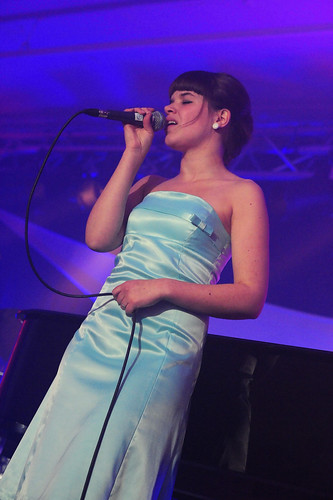
#4

#5
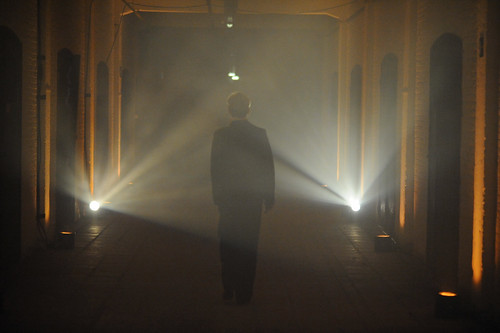
#6
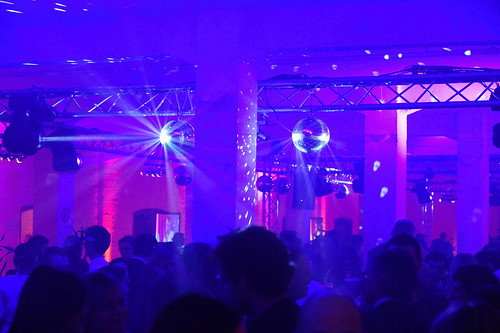
#7

Go back to the top
AF for birding
Go back to the top
My first try at "action" photography... a short walk to the park (700m from my house) and my favorite heron... and the D3+70-200VR+2xTC and the user manual in my head :D
- I find difficult to understand how the AF system is actually working
- I find a bit difficult to select the AF sensors (not too visible in the viewfinder) - there is a clear way, using the info button and the rear display,
but I would like to see it clearly in the viewfinder, as in the D200 for instance.
- I had serious exposure problems (see example) in 25% of the series - the light was changing and the explanation I see is
that I was in dynamic mode. The bird started flying in the shadow, and moved into the sun. The system was probably looking for the initial
pattern to do the tracking, without changing the exposure, hence the resulting overexposure. I am not 100% sure about this, I have had a similar issue with the D200.
I was assume that metering was done for every single picture in a sequence (in all AF/metering modes), but maybe I was wrong.
I used 9/21 points 3D or not, AF-C, Ch (9/sec) some FX and some DX mode.
Here are a few examples (it was dark, 1 hour max before sunset, so I had to push ISO to 6400 for some pics)
Anyway, it will take me quite some time to master the "engine"... the D3 is like a new sports car you need to master step by step...
#1

#2

#3 WB and colors completely different (this was in the shadow, sun completely gone for a minute)
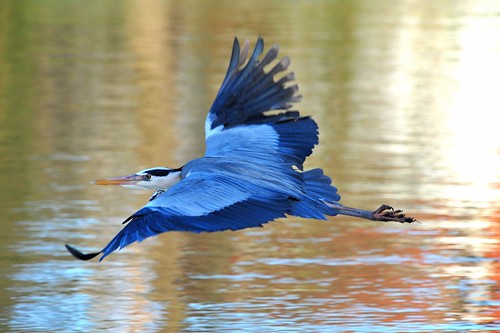
#4
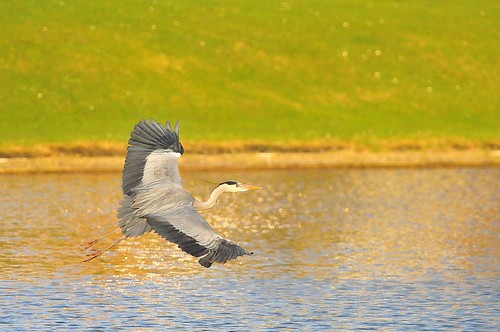
#5
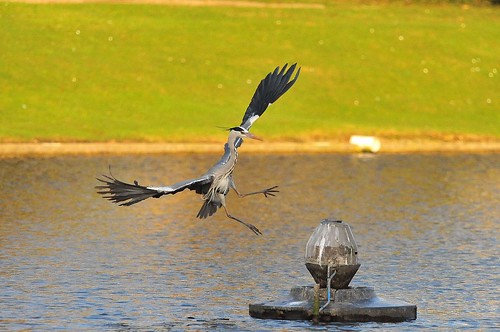
#6 this is 400mm with the TC ISO3200 (I find the IQ reasonable for the 2xTC)
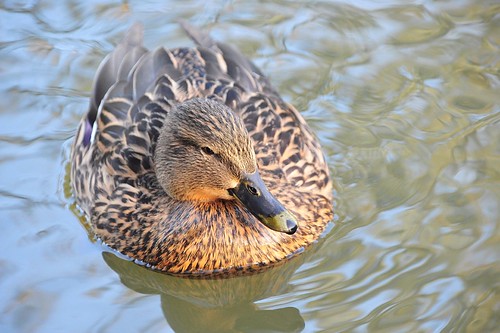
#7 an example of wrong metering (I could not find a 100% satisfying explanation)

I have had a similar experience with the D200, see for instance this old chapter on my website
The D200 AF performance for birding
Go back to the top
Sports photography
The D3 is a wonderful machine wrt to high ISO shooting. Auto-ISO works very well and allows to work in manual mode, setting a high shutter speed and closing down the lens to get some DOF/IQ increase if needed
(I usually shoot fully open or close down by approx half a stop to 3.2 or 3.5). Really amazing.
But until now, I still have some difficulties with the AF. I get inconsistent results and the 3D or 51 points tracking very often loses
the main subject. Moreover, the whole system is not intuitive, you don't get any idea of where the focus is.
The active sensor flashes very shortly (almost invisible in the viewfinder) and then it is not possible to see what the camera is doing.
When it is working properly (it is for more than 50% of the pics), the results are there...
but I don't have a clue of what the system does and a lot of pictures have perfect focus on the wrong spot...
My D200 did not allow me to get pictures that sharp but the AF system was more intuitive to my standards.
In fact after some other tests, I come to the conclusion that it is due to the smaller AF sensors and sensor area. The tracking does work if the subject is
taking a significant area in the pictures (for instance if the shirt of a player is covering several sensors).
It seems that if the subject is a bit small (this is the case in the examples below, the system CAN get confused).
just a few shots to give an idea (It was a match between Hantuchova(wta-8) and a new Belgian player, Wickmayer (wta-162, rising),
a potential new star (after Justine Henin wta-1 and Kim Clijsters, former wta-1))


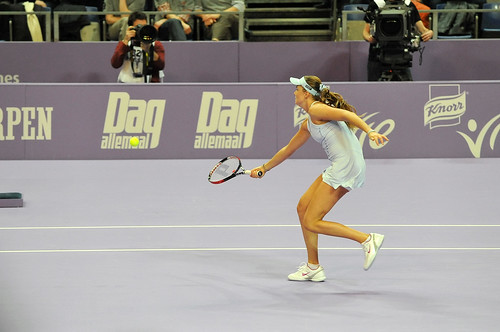
slide show:
Tennis slide show on flickr
the lens was the 70-200VR (mostly @f2.8-f3.5) sometimes with the 1.7TC (@f6.3)
Here is an example with the TC, in DX crop mode, allowing to take "close-up" pictures froma distance.
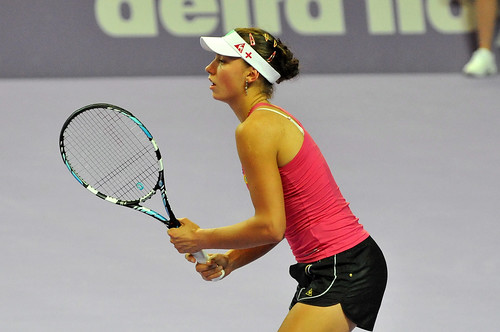
Just a small test with the D3 in machine gun mode...
Interesting application. More FPSs could even be helpful...
DX crop mode, Ch full speed, lens (I am ashamed) was a Tamron 28-75 2.8
I have better sequences but this is the first one I have concatenated...

Go back to the top
DX lenses on an FX camera
I put the Tokina on the D3 to see what the DX and FX format would give...
here are the results (settings displayed in the pictures)
One important remark: the dark part in the top right part of some pics is not vignetting, the room is darker in that corner...
and my apologies for the poor pictures, this is just a wall in my kitchen (I was looking for something neutral to display)
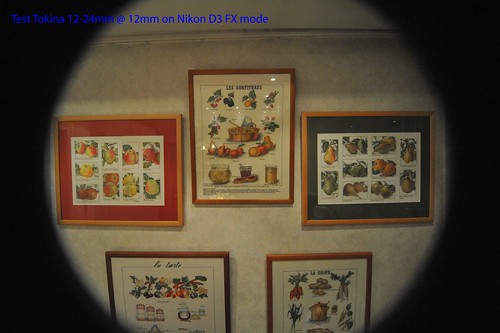

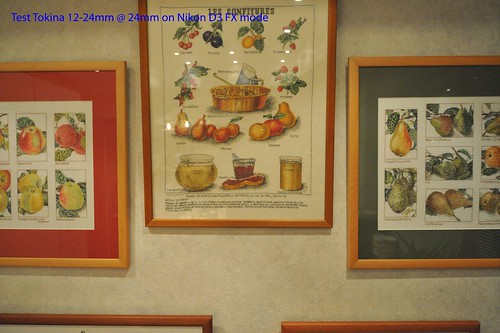
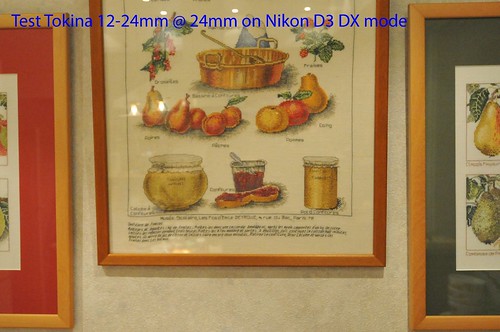
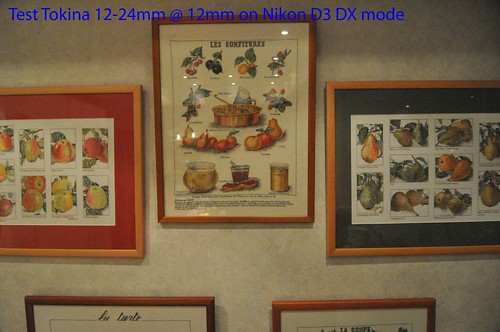
conclusions:
the D3 is a normal 5MP DX camera in DX mode with DX lenses.
the Tokina 12-24 is usable from 20 to 24mm (in fact more or less from 18mm with slight vignetting) in FX mode on the D3.
Another thing: do NOT underestimate that DX mode, I have printed (real pictures) on A3 paper, the results are just amazing,
the details are popping out and IQ is WAY superior to my 6MP D70 pictures with the same lens. This is not just about megapixels.
Talk to D2Hs users, they will tell you the same about their 4MPs.
Go back to the top
Various tests
Go back to the top
A number of various pictures to show the capabilities of the camera
all shot in Martinique, French Antilles
#1 an in camera BW test: lens was Tamron 28-75 @28mm f11

#2 shot on a sunny day
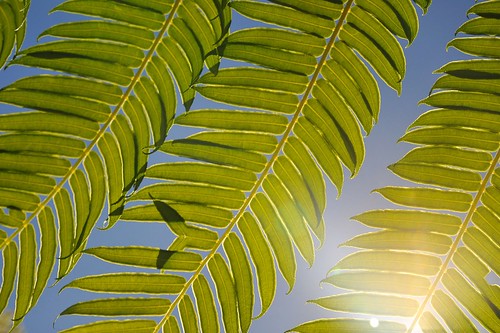
#3 a piece of art in the sea
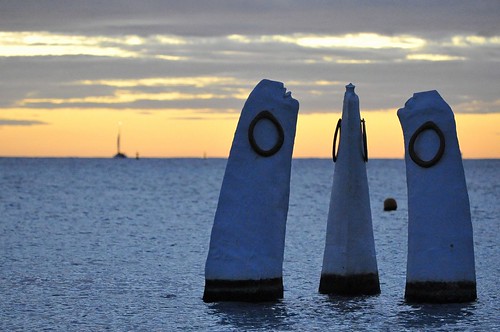
#4 a test of sepia - this was our waitress at our resort in Martinique
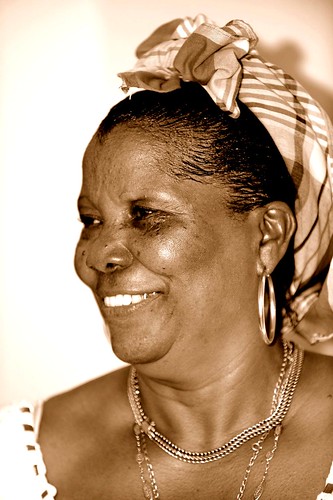
#5 driving through the jungle... the camera has been a few times in the "splash area" - no damage ! (the water was cleaner than here :D)
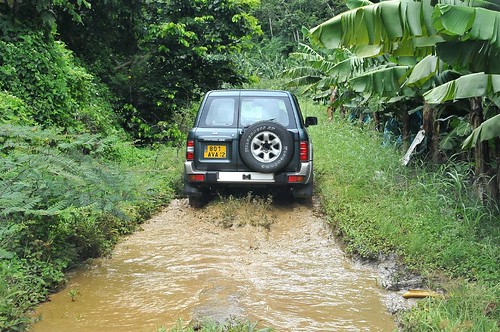
#6 my wife will kill me for this, but I liked this informal portrait...

#7 there was enough rhum to drink
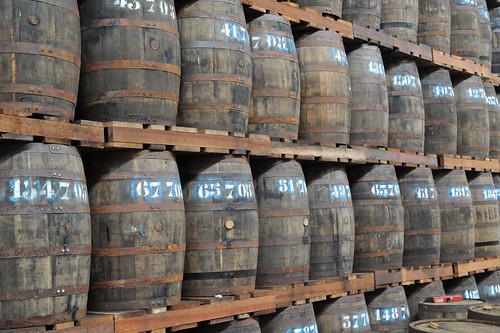
#8 a very quick macro shot... somebody spotted the lizard, I just had the time to mount the 105VR in a few seconds,
closed down and took a lucky shot. 100% crop added. The lizard was approx 2 inches long...
I tried to focus manually on the eye and 1 sec later, it was gone... Details are preserved while the shot was @ISO1000.
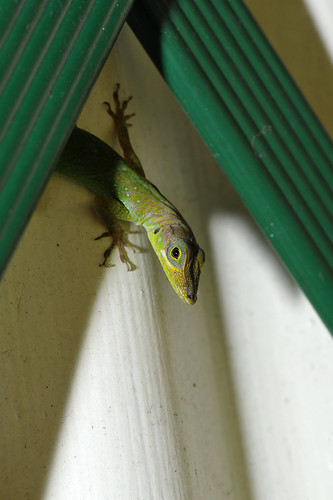
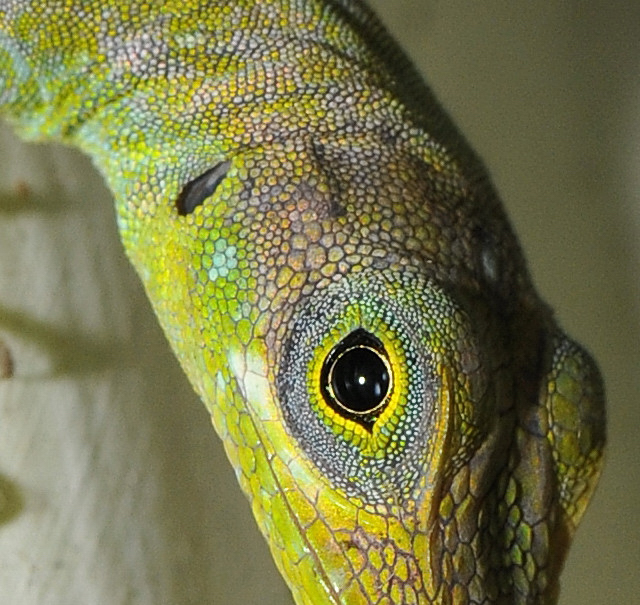
#9 just one for the color - the buildings are just beautiful

#10 view from a cemetry, playing with DOF
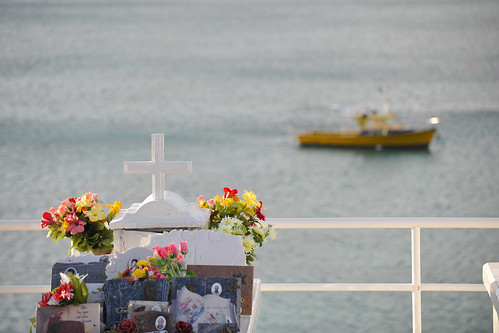
#14 and the last one in total darkness, nightclub, incredible light effects, smoke effects,
close to impossible to take any picture and I did this...
ISO6400, flash in TTL BL (SB-800) 70-200VR used @f3.2


Go back to the top
The High ISO performance
My first test @ISO 12,800 was amazing:
just incredible how clean that picture is even at 100% - my fellow D200 shooters could not believe their eyes....
shot with the 70-200VR + 1.7TC @340mm
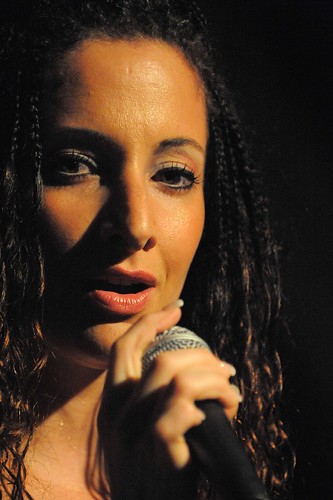
Then a very typical puppet shot in the dark ISO25,600 (Hi 2.0)
first jpeg no pp, two 100% crops without PP, then a version with a touch of noiseware:
even if some noise is visible, the details are incredibly preserved !!!
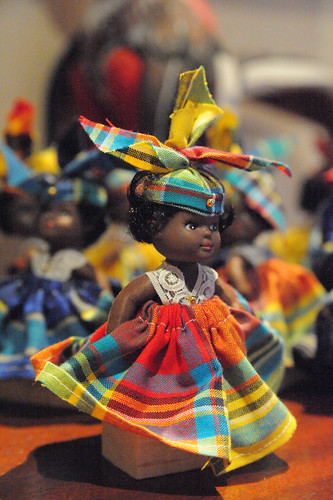
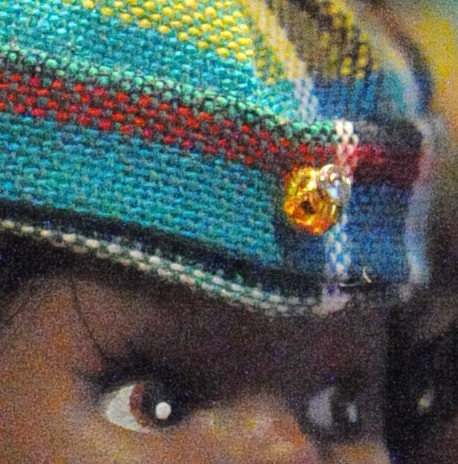

remember this is ISO 25,600 !!!!!!!!!

The printout on A3 paper is really excellent and is similar to an ISO1600 pictures from another camera,
with the details in the textures being preserved.
Go back to the top
Using manual lenses (AI/AIS) on the D3
This chapter is easy. You can configure 10 lenses using the menus (pre-programming the maximum aperture and the focal length).
Since I have quite a collection of AIS lenses, I have assigned the lens selection to the AE-L button,
allowing me to select the appropriate settings very quickly. After choosing the right lens, you can use the aperture ring on the lens
to select the aperture. Metering works perfectly.
The positive surprise was how easy it is to focus even with very fast glass. For instance, the 50mm 1.2 is a joy to use and I don't have any
problem to focus even at 1.2. The viewfinder is so clear that I am much more accurate than with the D200 for instance.
To summarize: highly recommended.
An simple example with the 50mm 1.2 used fully open.

Another example: the 24mm f2 used @f9.
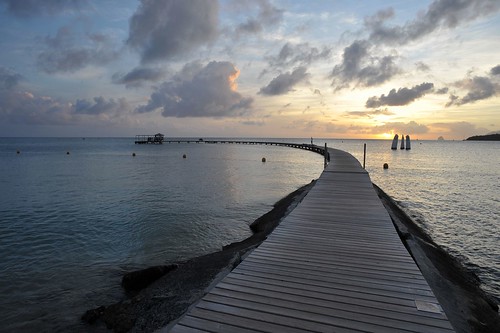
Go back to the top
The recommended accessories
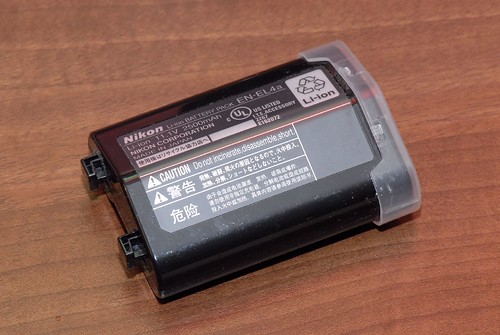
The first more or less evident one: a spare battery. Battery life is excellent on that camera,
I easily get between 1000 and 1400 pics from a battery, and I do a lot of chimping. Since there are no backup
solutions, like using an En-El3e like the D300 or AA batteries like the F5, D200, D300 etc..., it is highly recommend to carry a second
battery. The standard charger can handle two batteries, this is the ideal combo.
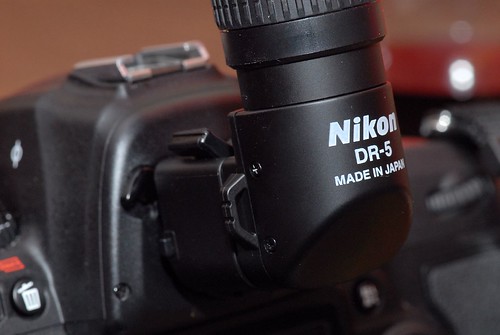
Another accessory I would recommend is the angle viewfinder.
This is a specific one (for the pro bodies) because it has a circular adapter instead of the rectangular one for the
consumer bodies (D70, D40, D200 etc...). I use it a lot because it opens new perspectives to take pictures,
holding the camera above your head or at your feet and getting the reaction speed you would expect to take a picture
(unlike the Lifeview modes, very useful, but extremely slow)
My review of the DR-5 angle viewfinder can be found here.
Go back to the top
Using the 10.5 mm fisheye on the D3
This subject has been treated in a separate chapter. Have a look here:
Fisheye on D3
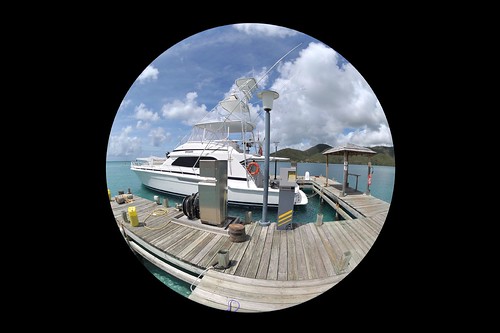
Go back to the top
The sensor dust issue
I don't know if I am an exception but this is a real serious problem to me...
my statistics until now:
D70: 25,000 pics 5 wet cleanings needed average 2-3 spots
D200: 22,000 pics 2 wet cleanings needed average 2-3 spots
D40x: 1,500 pics 0 wet cleanings needed
D3: 700 pics 1 wet cleaning needed 50-100 spots !!!!
I have never seen a sensor so full of dust. I maybe changed lenses 20 times in total (far below my average, in a controlled environment)
I knew FX was a bigger problem than DX, but this is really too much.
Some more feedback. I have been to a specialist to get a full dust removal kit (including special magnifier)
and he showed me that the D3 suffers from a kind of design problem, explaining the issue.
While the cameras are produced in a clean environment, some particles are coming loose from the mirror "chamber".
But just moving a piece of tape inside the chamber, you collect a HUGE amount of dust waiting to land on your sensor
(you need to be extremely careful of course not to touch the sensor, the mirror ...).
After a repeated wet cleaning, my sensor is now as clean as new. I never used the magnifier with integrated light
(fitting on the lens mount) before, and I have been convinced to get one.
It is really useful to spot the dust and to see where to go with the swabs...
The Delkin Sensorscope system
Last update: it seems that the problem stabilizes. This means that there is a real design problem/production issue. After cleaning for three times,
dust is not a real problem anymore. I will be able to confirm this on the longer term, but each time,
it takes much more time for some dust to come back and then only a few spots...
definitely completely different from the first time.
So as a conclusion, it seems that the probablility to get (much) more dust on the sensor in the beginning (!) is higher on the D3. Things should settle after some time (hopefully already now).
Go back to the top
The vignetting issue
I just did some tests with the 70-200VR on the D3, and it definitely vignettes at all focal lengths @2.8. This can be corrected in NX, but it is VERY visible in almost all pictures.
90mm
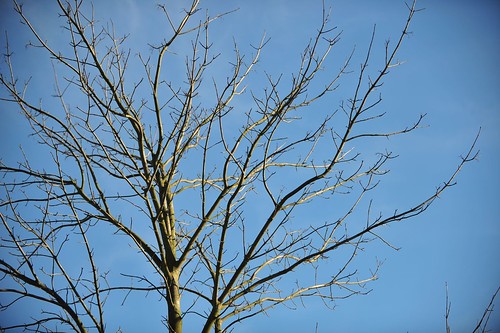
200mm

70mm
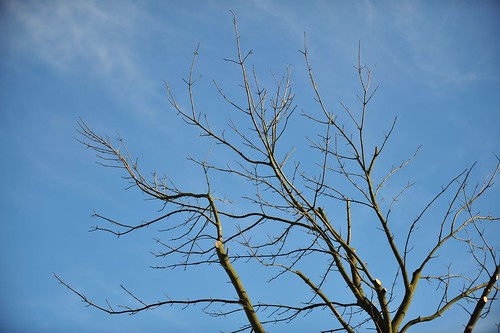
Go back to the top
The "flaws" or potential improvements.
(I just find that I should mention the few limitations or things which are not perfect,
so that you can make the right decision). The Nikon D3 is just the best camera there is (as of today, beginning of 2008),
but it is not necessarily the perfect tool for everybody.
-
I find the AF system very fast and sophisticated but a bit counter-intuitive. I still have difficulties to understand what the system is doing.
I didn't have that impression with the previous Nikon cameras. Another thing, and that problem seems to be common on all full frame cameras
(this is visible even on the F5, but also the Canon 5d, the 1d range...),
the AF sensors are concentrated in the middle of the frame, meaning for action that the subject can be lost on the sides. This will not happen with the D300.
A workaround is to use the DX mode, but then you lose resolution.
-
Sensor dust is really an issue if you don't work with limited DOF
(in other words, if you close down your lenses to f9 or more, be prepared to do a wet cleaning very often).
-
Nikon could have done something in the firmware to deal with vignetting.
There are so many options to do picture processing on the spot. This could have been an interesting feature.
-
It would be very nice to be able to use AA batteries as a backup (cf D200 and D300 grips, the F5 camera etc...)
-
Nikon could try to standardize the user interfaces a bit more (for instance, the way you zoom on the D3 is similar to the D200,
while the D300 is copied from the D40/D80 way -
there is a button in the middle of the pad while the D200 and D300 don't have one etc...).
Go back to the top
Conclusions
Highly recommended !!!
The D3 is just the best allround camera there is at the moment.
Pros
- wonderful body design
- reasonably priced/positioned for such a package
- extremely fast
- incredible ISO performance - sets a new standard
- excellent display
- a joy to use (very important)
Cons
- sensor dust is an issue (problem more or less invisible to people shooting fully open)
- AF sensors in the center
- no grid lines (cf D200-D300)
- Nikon could be a bit more consistent between bodies (small differences in user interface with D300 for instance) - this is only a problem if you use multiple bodies/backups
Go back to the top




















































